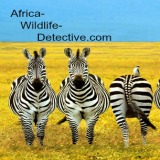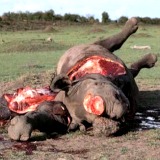Ecology Explained: How Nature’s Puzzle Pieces Fit Together
A Beginner’s Guide for Young Wildlife Detectives
Have you ever wondered how everything in nature, including animals, plants, weather, and even soil, seems to work together? That’s ecology in action. It’s the science of connection, and it’s your first step toward becoming a wildlife detective.
Whether you’re passionate about protecting animals, solving climate challenges, or just curious about how ecosystems work, understanding ecology gives you the tools to make a real impact.
What is ecology?
Ecology studies the fundamental interconnections between plants, animals, and their physical environment, including people.
Ecology is the study of how living things (like animals, plants, fungi, and humans) interact with each other and with the non-living parts of their environment (like sunlight, water, air, and soil).
Think of ecology as the blueprint of life’s neighborhood. Every species has a role to play—like characters in a movie or players on a sports team. Some are producers (the chefs of the ecosystem), some are consumers (the diners), and others are decomposers (the cleanup crew).
The word “ecology” comes from the Greek word oikos, meaning “home.” So when you study ecology, you’re learning how Earth—our shared home—functions and survives.
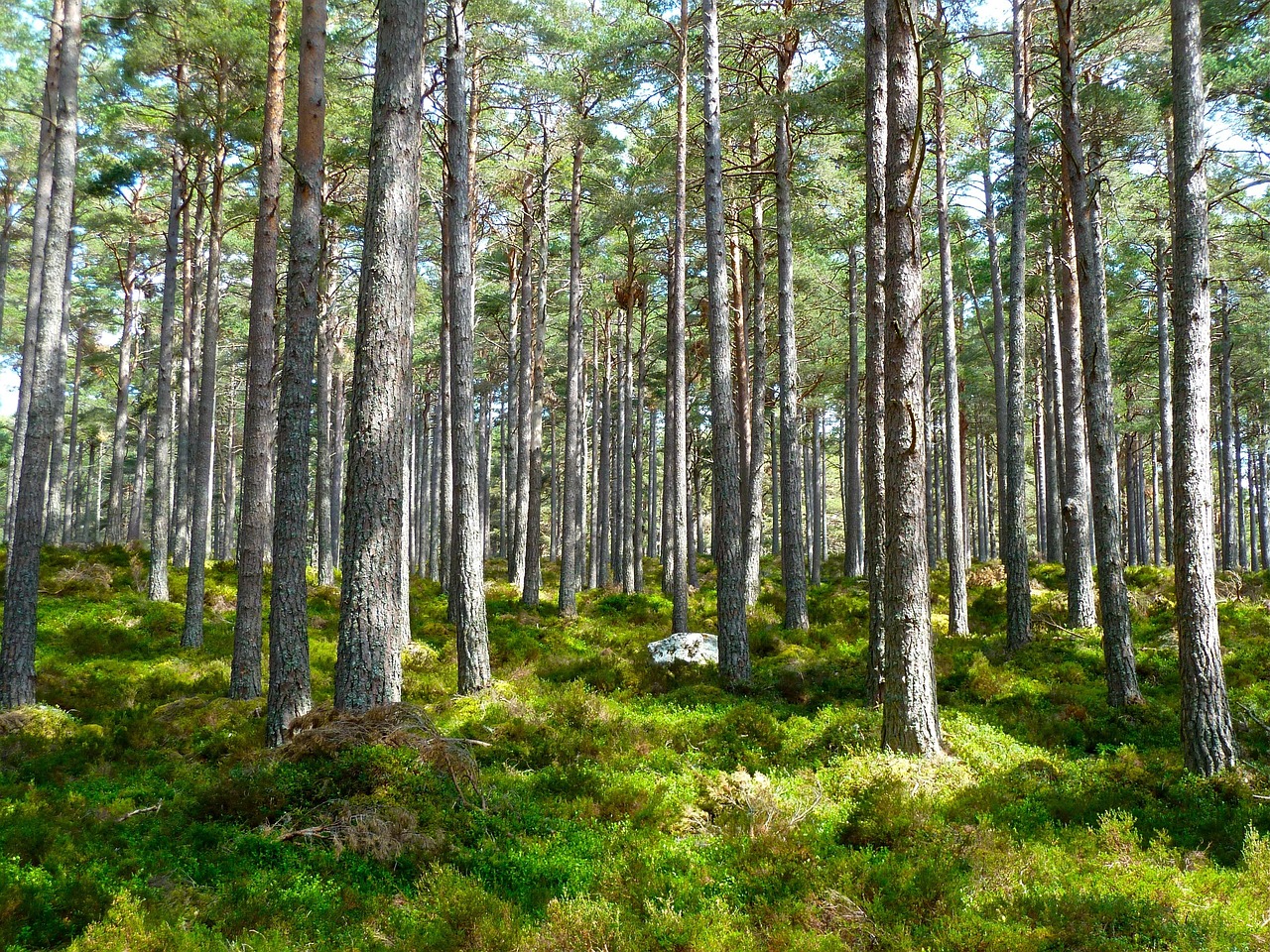 Forrests provide wildlife habitats
Forrests provide wildlife habitatsForests are very important to the ecosystem because they control the weather, clean the water and air, and help different kinds of plants and animals live.
As "carbon sinks," they take in carbon dioxide and release oxygen. They also stop land erosion and clean water sources of pollutants.
In addition, they protect people from natural disasters like storms and landslides and provide homes for living things.
Ecology Is All About Relationships
Everything in nature is connected. Ecology helps us understand those connections.
Imagine nature as a giant spider web. Tug one strand—like removing a species or polluting a river—and the whole web feels it. That’s why ecologists study not just individual animals or plants, but how they interact with each other and their surroundings.
Here’s how those relationships play out:
Bees pollinate flowers, which grow into fruits that feed birds and people
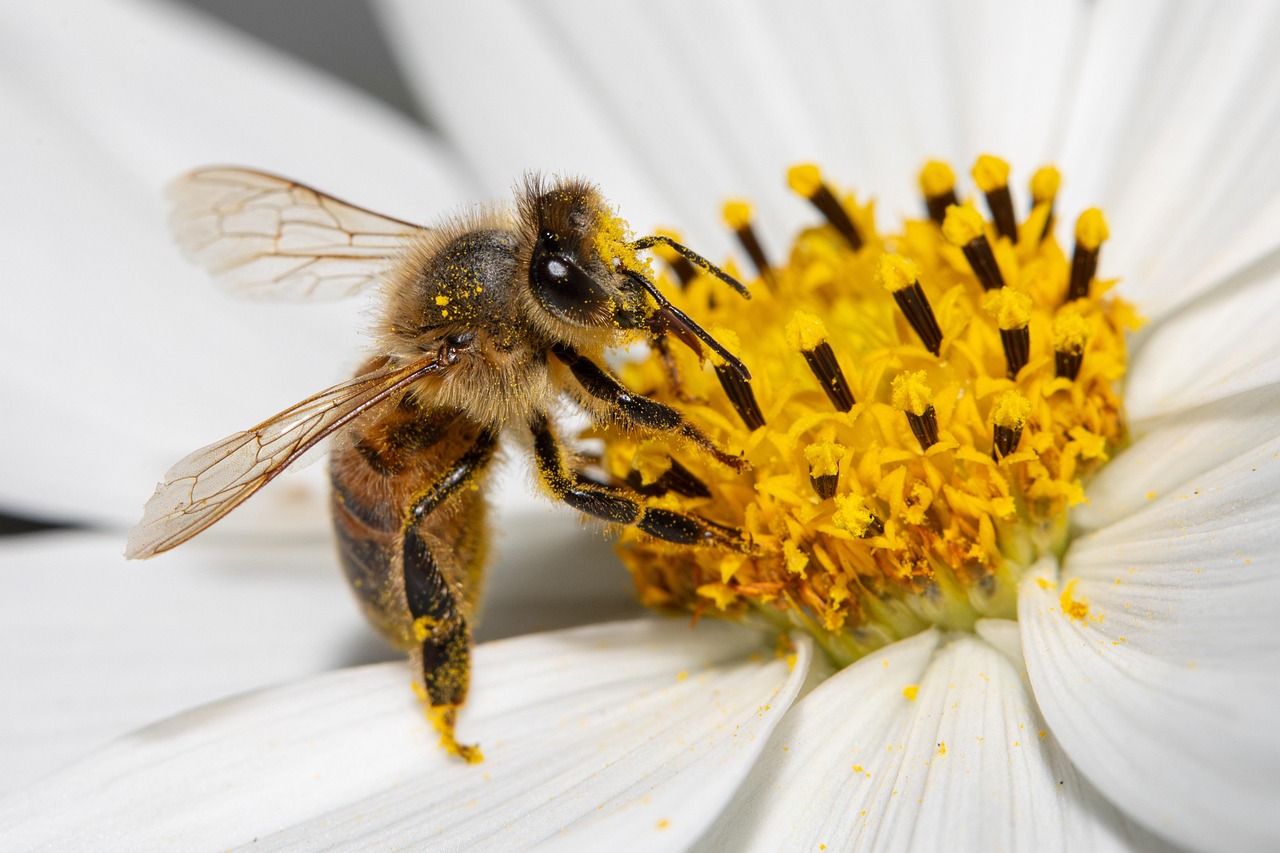 Bee pollination produces one-third of human nourishment.
Bee pollination produces one-third of human nourishment.Trees absorb carbon dioxide and release oxygen, helping regulate the climate
Predators like lions keep herbivore populations balanced, protecting grasslands
These relationships form the foundation of ecosystems—and they’re constantly changing.
Understanding ecology helps us:
- Protect endangered species
- Restore damaged ecosystems
- Fight climate change
- Make smarter choices about food, water, and energy
In short: ecology helps us take care of the planet—and each other.
Key Ecology Terms You Should Know
|
Biotic Abiotic Producer Consumer Decomposer Ecosystem Biome |
Living parts of an ecosystem (plants, animals, fungi, bacteria) Non-living parts (sunlight, water, soil, temperature) Organisms (like plants) that make their own food through photosynthesis Animals that eat plants or other animals Organisms (like fungi and bacteria) that break down dead matter A community of living things and their environment A large region with a specific climate and types of plants and animals (like savannas or forests) |
Systems Ecology: Seeing the Big Picture
Ecologists often use a “systems” approach to understand how everything fits together. This includes:
- Energy flow: How sunlight becomes food through photosynthesis, and how that energy moves through food chains.
- Nutrient cycles: How elements like carbon, nitrogen, and water move through ecosystems.
- Population dynamics: How species grow, compete, and adapt over time.
This big-picture thinking helps us solve complex environmental problems.
 Think of an ecosystem like a bakery
Think of an ecosystem like a bakeryThink of an ecosystem like a bakery. The sun is the oven, plants are the bakers, and animals are the customers. Energy flows from the oven to the bread (plants), then to the customers (animals), and finally to the cleanup crew (decomposers) who recycle leftovers back into ingredients for the next batch.
You can also think of an ecosystem like a city. The sun is the power plant, plants are the food producers, animals are the citizens, and decomposers are the sanitation workers. Each role is vital—and if one shuts down, the whole city struggles.
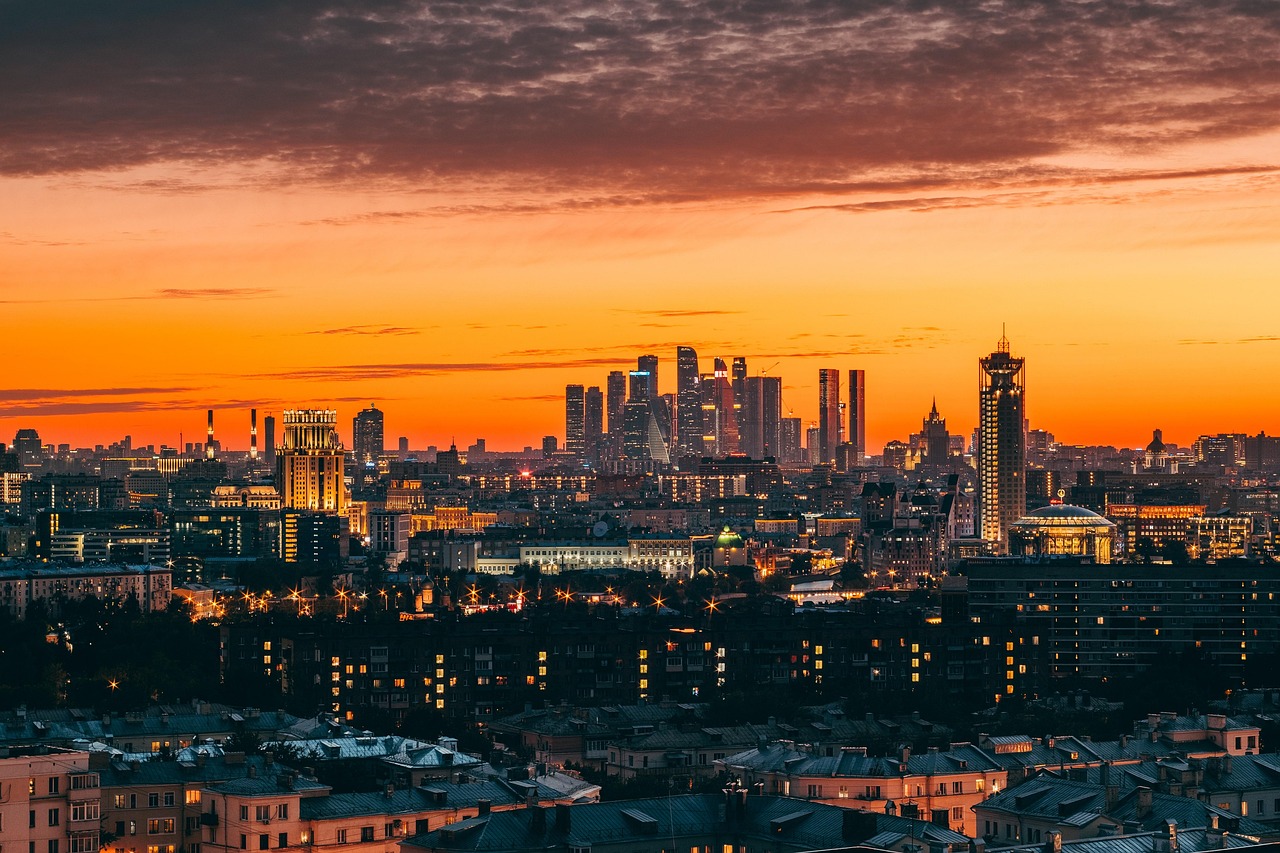
This big-picture thinking helps us solve complex environmental problems and plan for a sustainable future.
Detective Challenge: Explore Your Local Ecosystem
Ready to put your skills to the test? Step outside and look for:
- A producer (a plant making its own food)
- A consumer (an animal eating something)
- An abiotic factor (like sunlight, wind, or soil)
- A relationship (like birds nesting in trees or ants farming aphids)
Take notes or snap photos. You’re already doing fieldwork—just like a real ecologist.
Real-World Example
In the Kruger National Park, elephants shape the landscape by knocking down trees.
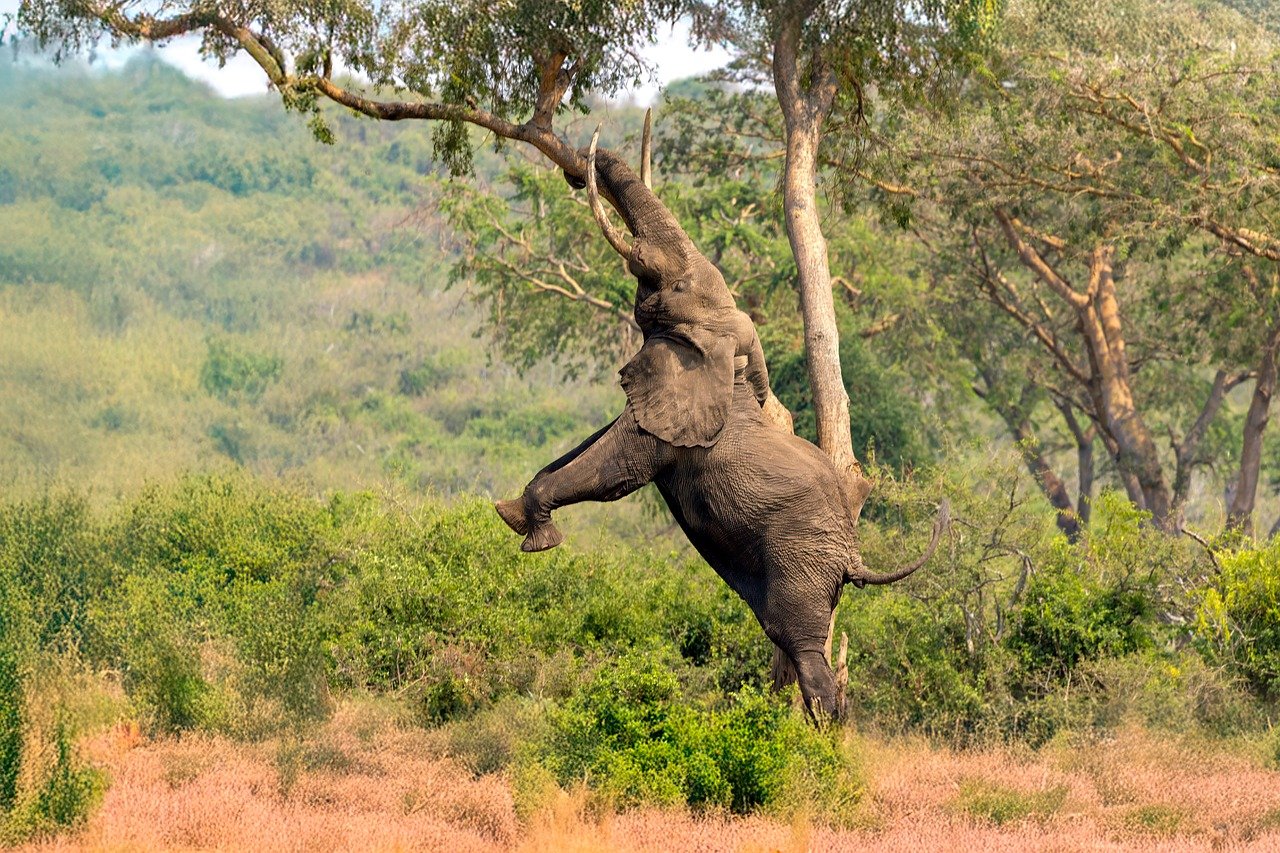 South African ecosystem examples
South African ecosystem examplesThis creates an opportunity for grasses to grow, which in turn attracts grazers such as zebras and wildebeests.
Predators like lions follow the grazers. One species’ behavior can ripple through the entire ecosystem.
Why Ecology Matters to You
You’re part of this system. Your choices—what you eat, how you travel, what you speak up for—affect the planet. Ecology gives you the knowledge to make smart, sustainable decisions and to inspire others to do the same.
Whether you want to be a scientist, activist, artist, or entrepreneur, understanding ecology helps you become a better problem-solver and protector of the planet.
Think of yourself as a detective solving nature’s mysteries. Every observation, every question, every action helps build a healthier, more balanced world.
Join the Mission
- Love nature? Want to protect it?
- Curious about how ecosystems work?
- Enjoy taking photos or writing about wildlife?
Then you’re already a wildlife detective in the making.
